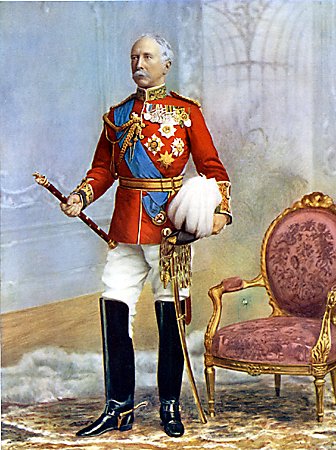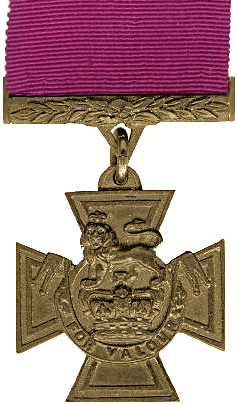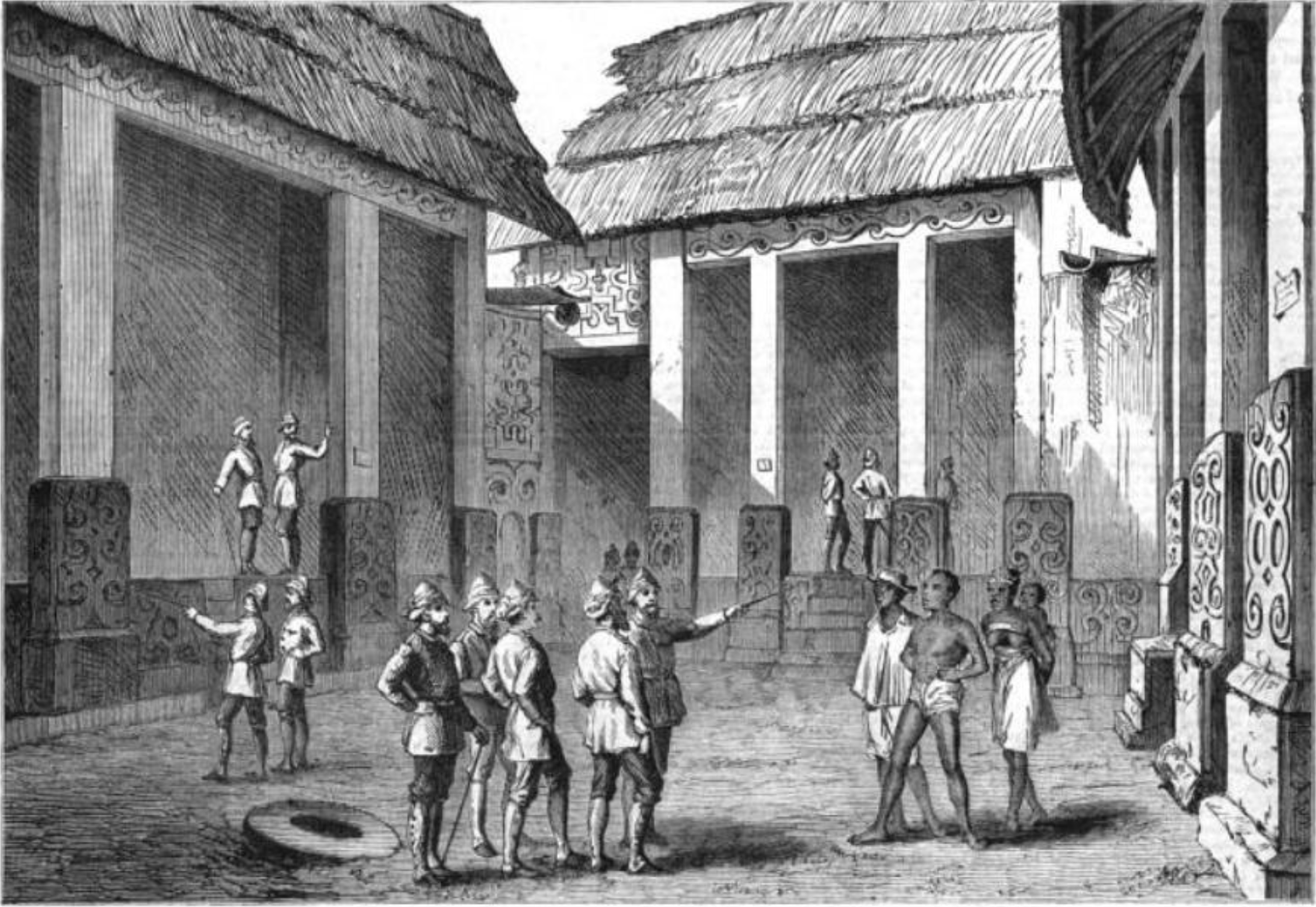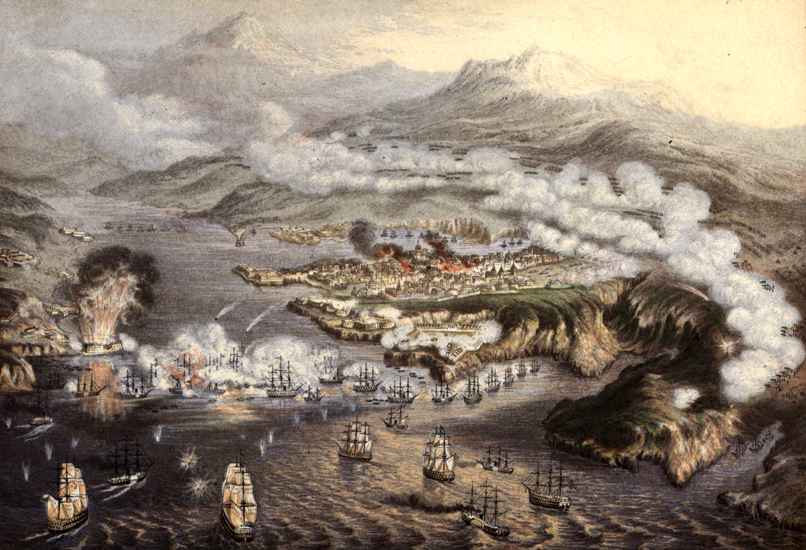|
Garnet Wolseley, 1st Viscount Wolseley
Field Marshal Garnet Joseph Wolseley, 1st Viscount Wolseley (4 June 183325 March 1913) was an Anglo-Irish officer in the British Army. He became one of the most influential British generals after a series of victories in Canada, West Africa and Egypt, followed by a central role in modernizing the British Army in promoting efficiency. Wolseley is considered to be one of the most prominent and decorated war heroes of the British Empire during the era of New Imperialism. He served in Burma, the Crimean War, the Indian Mutiny, China, Canada and widely throughout Africa—including his Ashanti campaign (1873–1874) and the Nile Expedition against Mahdist Sudan in 1884–85. Wolseley served as Commander-in-Chief of the Forces from 1895 to 1900. His reputation for efficiency led to the late 19th century English phrase "everything's all Sir Garnet", meaning, "All is in order." Early life and education Lord Wolseley was born into a prominent Anglo-Irish family in Dublin, the eldest s ... [...More Info...] [...Related Items...] OR: [Wikipedia] [Google] [Baidu] |
Field Marshal (British Army)
Field marshal (FM) has been the highest rank in the British Army since 1736. A five-star rank with NATO code OF-10, it is equivalent to an Admiral of the Fleet (Royal Navy), Admiral of the Fleet in the Royal Navy or a Marshal of the Royal Air Force in the Royal Air Force (RAF). A Field Marshal's insignia consists of two crossed batons surrounded by yellow leaves below Tudor Crown (heraldry), the Tudor Crown. Like Marshals of the Royal Air Force and Admirals of the Fleet, Field Marshals traditionally remain officers for life, though on half-pay when not in an appointment or retired. The rank has been used sporadically throughout its history, and was vacant during parts of the 18th and 19th centuries (when all former holders of the rank were deceased). After the Second World War, it became standard practice to appoint the Chief of the General Staff (United Kingdom), Chief of the Imperial General Staff (later renamed Chief of the General Staff (United Kingdom), Chief of the Gen ... [...More Info...] [...Related Items...] OR: [Wikipedia] [Google] [Baidu] |
Adjutant-General To The Forces
The Adjutant-General to the Forces, commonly just referred to as the Adjutant-General (AG), was for just over 250 years one of the most senior officers in the British Army. The AG was latterly responsible for developing the Army's personnel policies and supporting its people.Army conducts Top Level Organisational Review Defence News, 9 December 2009 The Adjutant-General usually held the rank of or . Despite his administr ... [...More Info...] [...Related Items...] OR: [Wikipedia] [Google] [Baidu] |
Anglo-Ashanti Wars
The Anglo-Ashanti wars were a series of five conflicts that took place between 1824 and 1900 between the Ashanti Empire—in the Akan people, Akan interior of the Gold Coast (British colony), Gold Coast—and the British Empire and its African allies. Despite initial Ashanti victories, the British ultimately prevailed in the conflicts, resulting in the complete annexation of the Ashanti Empire by 1900. Earlier wars The British fought three earlier wars in the Gold Coast: In the Ashanti–Fante War of 1806–07, the British refused to hand over two rebels pursued by the Ashanti, but eventually handed one over (the other escaped). In the Ga–Fante War of 1811, the Ashanti sought to aid their Ga people, Ga allies in a war against the Fante and their British allies. The Ashanti army won the initial battles but was forced back by guerrilla fighting from the Fante. The Ashanti captured a British fort at Tantamkweri. In the Ashanti–Akim–Akwapim War of 1814–16 the Ashanti def ... [...More Info...] [...Related Items...] OR: [Wikipedia] [Google] [Baidu] |
Red River Rebellion
The Red River Rebellion (), also known as the Red River Resistance, Red River uprising, or First Riel Rebellion, was the sequence of events that led up to the 1869 establishment of a provisional government by Métis leader Louis Riel and his followers at the Red River Colony, in the early stages of establishing today's Canadian province of Manitoba. It had earlier been a territory called Rupert's Land and been under control of the Hudson's Bay Company before it was sold. The event was the first crisis the new federal government faced after Canadian Confederation in 1867. The Government of Canada had bought Rupert's Land from the Hudson's Bay Company in 1869 and appointed an English-speaking governor, William McDougall. He was opposed by the French-speaking mostly-Métis inhabitants of the settlement. Before the land was officially transferred to Canada, McDougall had sent out surveyors to plot the land according to the square township system used in the Public Land Survey ... [...More Info...] [...Related Items...] OR: [Wikipedia] [Google] [Baidu] |
American Civil War
The American Civil War (April 12, 1861May 26, 1865; also known by Names of the American Civil War, other names) was a civil war in the United States between the Union (American Civil War), Union ("the North") and the Confederate States of America, Confederacy ("the South"), which was formed in 1861 by U.S. state, states that had Secession in the United States, seceded from the Union. The Origins of the American Civil War, central conflict leading to war was a dispute over whether Slavery in the United States, slavery should be permitted to expand into the western territories, leading to more slave states, or be prohibited from doing so, which many believed would place slavery on a course of ultimate extinction. Timeline of events leading to the American Civil War, Decades of controversy over slavery came to a head when Abraham Lincoln, who opposed slavery's expansion, won the 1860 presidential election. Seven Southern slave states responded to Lincoln's victory by seceding f ... [...More Info...] [...Related Items...] OR: [Wikipedia] [Google] [Baidu] |
Battle Of Taku Forts (1860)
The Third Battle of Taku Forts () was an engagement of the Second Opium War, part of the British and French 1860 expedition to China. It took place at the Taku Forts (also called Peiho Forts) near Tanggu District ( Wade-Giles: Pei Tang-Ho), approximately 60 kilometers (36 mi.) southeast of the city of Tianjin (Tientsin). Background The aim of the allied French-British expedition was to compel the Chinese government at Peking to honour the trade treaties signed between their governments at Tianjin (Tientsin) in 1858, which included allowing the British to continue the opium trade in China. Lt-Gen. Sir Hope Grant was the British commander, with Lt-Gen. Charles Cousin-Montauban, Comte de Palikao, in charge of the French. The allied force consisted of 11,000 British including around 1,000 cavalry, as well as 6,700 French troops. The Taku Forts were defended by 7,000 Qing troops, including some 2,000 cavalry. At least 45 artillery pieces were among the Chinese defenders. A ... [...More Info...] [...Related Items...] OR: [Wikipedia] [Google] [Baidu] |
Second Opium War
The Second Opium War (), also known as the Second Anglo-Chinese War or ''Arrow'' War, was fought between the United Kingdom, France, Russia, and the United States against the Qing dynasty of China between 1856 and 1860. It was the second major conflict in the Opium Wars, which were fought over the right to import opium to China, and resulted in a second defeat for the Qing and the forced legalisation of the opium trade. It caused many Chinese officials to believe that conflicts with the Western powers were no longer traditional wars, but part of a looming national crisis. On 8 October 1856, Qing officials seized the ''Arrow'', a British-registered cargo ship, and arrested its Chinese sailors. The British consul, Harry Parkes, protested, upon which the viceroy of Liangguang, Ye Mingchen, delivered most of the sailors to the British on 22 October, but refused to release the rest. The next day, British gunboats shelled the city of Canton. The British government decided to seek ... [...More Info...] [...Related Items...] OR: [Wikipedia] [Google] [Baidu] |
Capture Of Lucknow
The Capture of Lucknow (Hindi: लखनऊ का क़ब्ज़ा, ) was a battle of Indian rebellion of 1857. The British recaptured the city of Lucknow which they had abandoned in the previous winter after the relief of a besieged garrison in the Residency, and destroyed the organised resistance by the rebels in the Kingdom of Awadh (or ''Oudh'', as it was referred to in most contemporary accounts). Background Oudh had been annexed by the East India Company only a year before a general mutiny broke out in the Company's Bengal Army. The annexation had been accompanied by several instances of expropriation of royal and landholders' estates on sometimes flimsy grounds of non-payment of taxes, or difficulties in proving title to lands. Many sepoys (native soldiers) of the Company's Bengal Army had been recruited from high-caste and landowning communities in Oudh. There was increasing unrest in the Bengal Army, as privileges and customary allowances they had previously enjo ... [...More Info...] [...Related Items...] OR: [Wikipedia] [Google] [Baidu] |
Siege Of Lucknow
The siege of Lucknow was the prolonged defence of the British The Residency, Lucknow, Residency within the city of Lucknow from rebel sepoys (Indian soldiers in the British East India Company's Army) during the Indian Rebellion of 1857. After two successive relief attempts had reached the city, the defenders and civilians were Emergency evacuation, evacuated from the Residency, which was then abandoned. Background to the siege The state of Oudh State, Oudh/Awadh had been annexed by the British East India Company and the Nawab Wajid Ali Shah was exiled to Calcutta the year before the rebellion broke out. This high-handed action by the East India Company was greatly resented within the state and elsewhere in India. The first British Commissioner (in effect the governor) appointed to the newly acquired territory was Coverley Jackson. He behaved tactlessly, and Henry Lawrence (Indian Army officer), Sir Henry Lawrence, a very experienced administrator, took up the appointment only ... [...More Info...] [...Related Items...] OR: [Wikipedia] [Google] [Baidu] |
Indian Rebellion Of 1857
The Indian Rebellion of 1857 was a major uprising in India in 1857–58 against Company rule in India, the rule of the East India Company, British East India Company, which functioned as a sovereign power on behalf of the The Crown, British Crown. The rebellion began on 10 May 1857 in the form of a mutiny of sepoys of the company's army in the garrison town of Meerut, northeast of Delhi. It then erupted into other mutinies and civilian rebellions chiefly in the Ganges Basin, upper Gangetic plain and central India, though incidents of revolt also occurred farther north and east. The rebellion posed a military threat to British power in that region, and was contained only with the rebels' defeat in Gwalior on 20 June 1858., , and On 1 November 1858, the British granted amnesty to all rebels not involved in murder, though they did not declare the hostilities to have formally ended until 8 July 1859. The Names of the Indian Rebellion of 1857, name of the revolt is contested, an ... [...More Info...] [...Related Items...] OR: [Wikipedia] [Google] [Baidu] |
Siege Of Sevastopol (1854–1855)
The siege of Sevastopol (at the time called in English the siege of Sebastopol) lasted from October 1854 until September 1855, during the Crimean War. The allies ( French, Sardinian, Ottoman, and British) landed at Eupatoria on 14 September 1854, intending to make a triumphal march to Sevastopol, the capital of the Crimea, with 50,000 men. Major battles along the way were Alma (September 1854), Balaklava (October 1854), Inkerman (November 1854), Tchernaya (August 1855), Redan (September 1855), and, finally, Malakoff (September 1855). During the siege, the allied navy undertook six bombardments of the capital, on 17 October 1854; and on 9 April, 6 June, 17 June, 17 August, and 5 September 1855. The siege of Sevastopol is one of the last classic sieges in history. The city of Sevastopol was the home of the tsar's Black Sea Fleet, which threatened the Mediterranean. The Russian field army withdrew before the allies could encircle it. The siege was the culminating struggle for ... [...More Info...] [...Related Items...] OR: [Wikipedia] [Google] [Baidu] |








